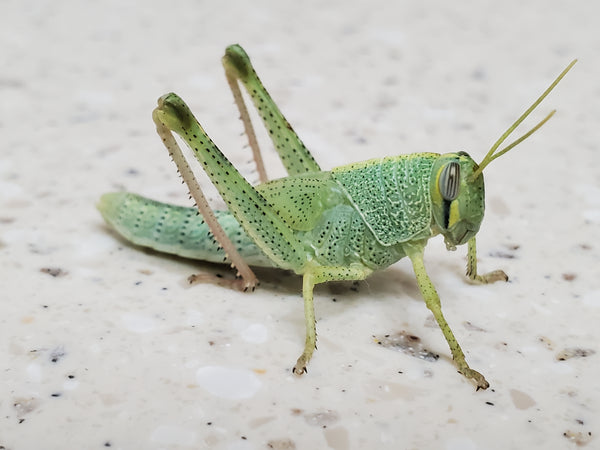Our Mission
Our full article can be freely accessed from the Oct/Nov 2023 issue of the Chameleon Academy Journal at: https://chameleonacademy.com/chameleon-academy-journal/
(pages 22-26)
Here is the summarized version along with all relevant charts.



These are just a few examples, but no matter what study you look at, 90-99% of any given native chameleon population's diet falls within the same 6 orders of insects: Orthoptera (grasshoppers and such), Hemiptera (stink bugs, cicadas, etc.), Diptera (flies), Hymenoptera (bees/wasps/ants), Coleoptera (Beetles), and Lepidoptera (butterflies/moths/caterpillars). The only exception is that in recently disturbed habitats (such as much of Madagascar), spider populations bloom, resulting in them additionally becoming a significant portion of the diet.
Nutritional analyses - Common feeder insects today


Nutritional analyses - Insects naturally eaten in the wild




Conclusion: Chameleons have evolved to eat a uniquely lean diet due to their arboreal niche. Flying/jumping insects have much less fat and more protein than their terrestrial/burrowing counterparts. Some of the most common feeders insects in the hobby today are much fattier than anything a chameleon would encounter in the wild. Furthermore, these significant differences are merely at the basic macronutrient level - we have not yet even delved into the differences in various micronutrients.
Most of the legacy feeder insect staples in the hobby were not selected with chameleons in mind. Our mission is to provide an optimal diet to improve health and longevity in chameleons and other arboreal insectivores. We offer grasshoppers, katydids, beetles, and other insects that are part of the natural chameleon diet and/or have a macronutrient profile consistent with the diet that chameleons have evolved to subsist on.
